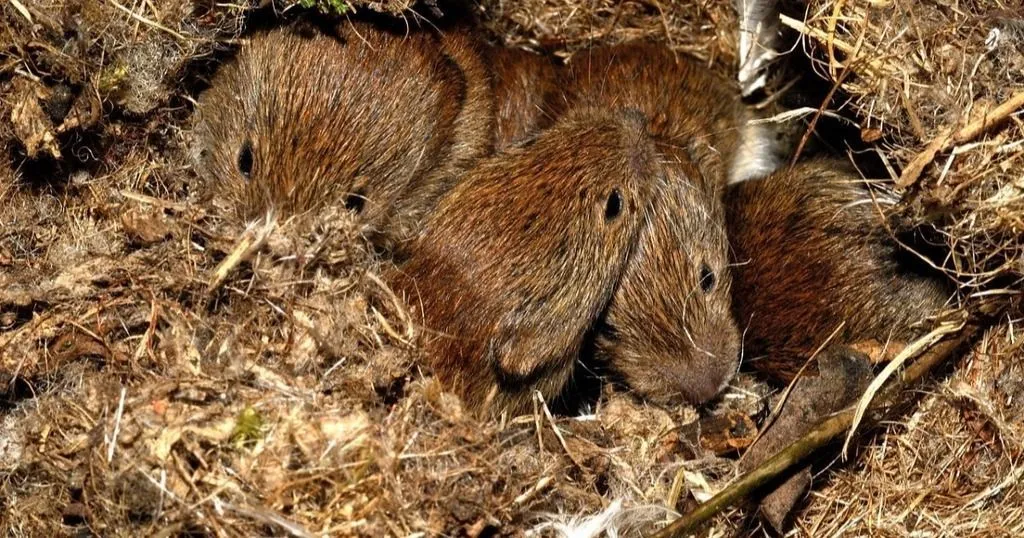IR backlight in rodent behavioral testing
How do mice act in complete darkness? Ann-Kristina Fritz and her colleagues ordered a large, round open field with IR backlight, custom made by Noldus, to investigate.
Posted by
Published on
Thu 27 Jul. 2017
Topics
| EthoVision XT | Mice | Open Field | Video Tracking | Zero Maze |
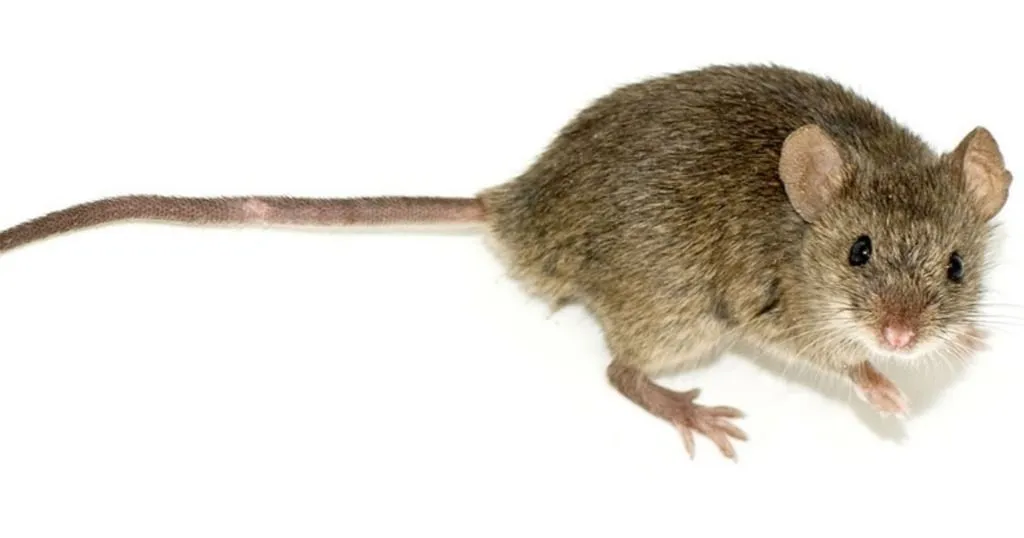
How do mice act in complete darkness? Ann-Kristina Fritz and her colleagues ordered a large, round open field with IR backlight, custom made by Noldus, to investigate.
Infrared (IR) light cannot be seen by the human eye, nor by rats and mice. As rodents are nocturnal, testing during the dark is often preferred; using IR light the test environment remains dark for the animal, but their behavior can be monitored and tracked with IR sensitive cameras.
Additionally, using IR light during video tracking experiments improves contrast for better detection. So, the question is: how can you easily incorporate IR lighting in behavioral testing?
Incorporating IR in experiments
Theoretically, this is simple to do: place an IR light source beneath the testing area. Of course, this only works if the maze or arena is IR translucent. Some mazes already incorporate an IR backlight source, and many suppliers can create a custom-built solution.
Custom build setup
Ann-Kristina Fritz and her colleagues from the Wolfer lab at the Institute of Anatomy from the University of Zurich in Switzerland opted for the latter option, and ordered a large, round open field with IR backlight, custom made by Noldus. I recently called her to ask her about her plans with this setup.
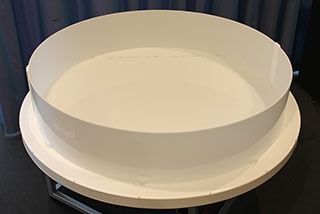
Shared labs need to be multi-functional
“At the Institute of Anatomy, we have one big room were we do all the behavioral testing”, Ann-Kristina explains. The lab is shared by several groups; over the years, the room has evolved into one shared space with combined setups.
“A large part of the room was occupied by a big water maze. We wanted to get more out of that space, so we thought of ways to make it multi-functional.“
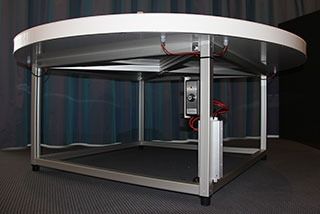
Why IR backlight
Ann-Kristina and her colleagues had done previous experiments using IR backlighting in other setups and liked the results. So in addition to wanting a large, multi-functional open field, they decided it needed to be IR backlit.
“This way, we can use it for open field testing, novel object recognition, and as a background for other tests. For example, using IR translucent black Plexiglas, we were able to build a zero maze to use on top of the open field”.
Results with IR backlight
This lab is currently trying out different applications for IR studies, and testing if behavior is different in normal light vs IR light studies.
According to Ann-Kristina, preliminary results show that mice do act differently in dim light vs complete darkness (with IR light): “In an open field test, mice are quicker, more active, and enter the center zone of the arena more often in the complete dark. Light intensity might be a good variable to investigate, especially in studies on stress, and I have found almost no papers that show an interest in this aspect.“
Adjustments
While IR light has its perks, there are some things to keep in mind when switching to IR in your experiments. “You might have to adjust your setup”, she explains. “Obviously, you need an arena or maze made out of IR translucent material, but there are other aspects to keep in mind, too.”
“For example, if you incorporate an IR translucent shelter in your setup, you will be able to see the animal move inside of the shelter. However, your video tracking results will not automatically be able to differentiate between the animal being in, or on top of, the shelter.”
Certain tests will benefit more from IR backlight than others, according to Ann-Kristina. “A great example being the light-dark test. You can see everything that the animal is doing in the dark compartment. How useful you’ll find IR backlight also depends on fur color and markings.”
Interesting links
Want to find out if IR backlight will be beneficial for your experiments? Need to order a custom setup? At Noldus we can tell you all about it. Contact us today!
Ann-Kristina Fritz works in Prof. David Wolfers’ group at the Institute of Anatomy from the University of Zurich in Switzerland.
Recent papers
- Fritz, A.K.; Amrein, I.; Wolfer, D.P. (2017). Similar reliability and equivalent performance of female and male mice in the open field and water-maze place navigation task. American Journal of Medical Genetics. Part C, Seminars in Medical Genetics. doi: 10.1002/ajmg.c.31565.
- Hick, M.; Herrmann, U.; Weyer, S.W.; Mallm, J.-P.; Tschäpe, J.-A.; Borgers, M.; Mercken, M.; Roth, F.C.; Draguhn, A.; Slomianka, L.; Wolfer, D.P.; Korte, M.; Müller, U.C. (2015). Acute function of secreted amyloid precursor protein fragment APPsα in synaptic plasticity. Acta Neuropathologica, 129, 21-37.
- Mircsof, D.; Langouët, M.; Rio, M.; Moutton, S.; Siquier-Pernet, K.; Bole-Feysot, C.; Cagnard, N.; Nitschke, P.; Gaspar, L.; Žnidarič, M.; Alibeu, O.; Fritz, A.-K.; Wolfer, D.P.; Schröter, A.; Bosshard, G.; Rudin, M.; Koester, C.; Crestani, F.; Seebeck, P.; Boddaert, N.; Prescott, K.; The DDD Study; Hines, R.; Moss, S.J.; Fritschy, J.-M.; Munnich, A.; Amiel, J.; Brown, S.A.; Tyagarajan, S.K.; Colleaux, L. (2015) Mutations in NONO leads to syndromic intellectual disability and inhibitory synaptic defects. Nature Neuroscience, 18(12), 1731-1736.
Thank you, Ann-Kristina, for working on this with me!
Related Posts
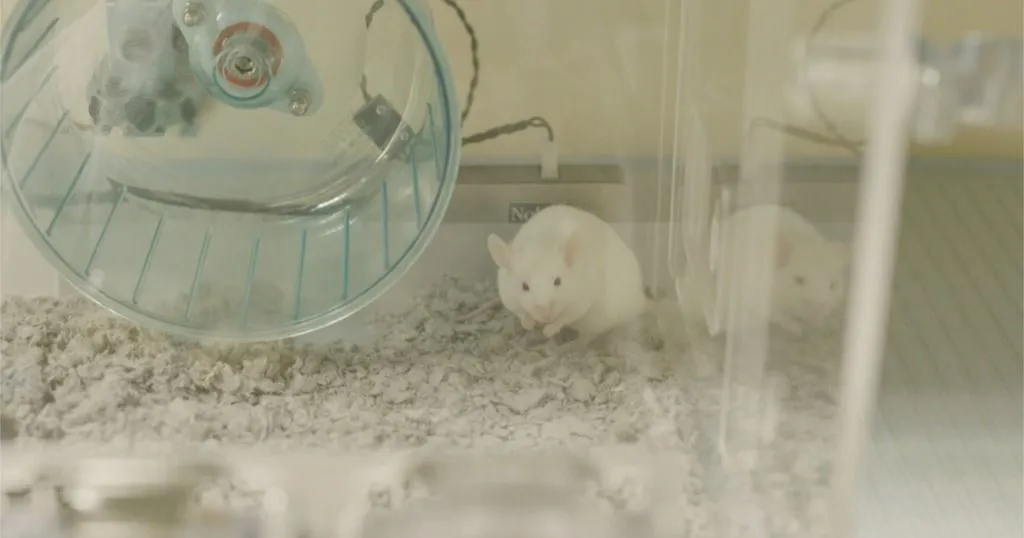
Home cage behavior and epilepsy in the Stargazer mutant mouse

Measuring behavioral effects of laboratory rearing on starlings
